An ultrasound uses sound waves to create pictures of organs and tissues inside the body and has been used for many different conditions, including abdominal disorders, suspicious lumps, and other disease in the body.
The technician places a sound wand onto the area in question. The sound waves send a picture to a monitor and several snapshots are taken. A radiologist then reads the images and can get a good first impression of abnormalities. This article explains the role of ultrasound in detection of cancer and how the test works.

Can Ultrasound Detect Cancer?
Ultrasound is often one of the "first line" tests in the detection of cancer. It can detect abnormal tissues, growths, and cysts and give a suspicion of cancer based on how those images look. While it can't diagnose cancer, it can detect the abnormal tissues that may possibly be cancerous.
Some different types of cancers that can be detected with ultrasound include:
1. Breast Cancer
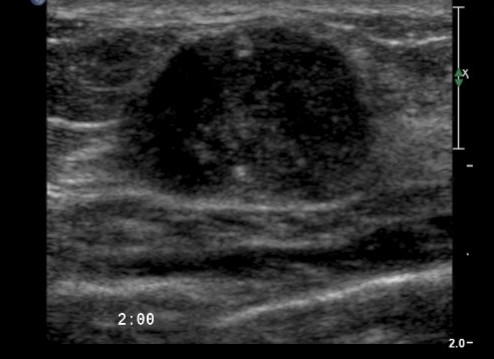
Can ultrasound detect cancer in your breast? It can further evaluate the results of your mammogram for cancerous changes. If a cyst or lump is discovered on your mammogram, an ultrasound is the next step and can detect possible cancerous changes. Ultrasound examinations of the breast can further evaluate a cyst or lump on the breast to see changes in the tissue. Ultrasound is very useful in both the detection of breast cancer and diagnosis because the doctor can do a "fine needle guided biopsy" to aspirate some of the tissue. This is then sent to the lab to look for the actual cancer cells.
2. Ovarian Cancer
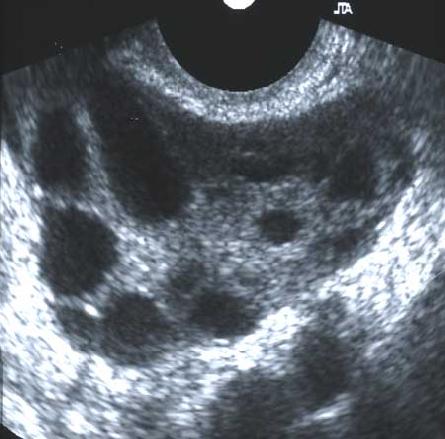
Cysts on the ovaries are actually quite a common occurrence among women. However, when a cyst is persistent and continues to grow it may be an issue. Ultrasounds can be used to monitor ovarian cysts for changes that may turn into ovarian cancer. This is done if there are complaints of pelvic pain, unusual bloating, irregular periods, and pregnancy symptoms without being pregnant. Ovarian cancer often does not have any symptoms and can spread quickly if not detected early. Ultrasound can be used to detect abnormal cysts and whether they are hard or fluid filled.
3. Pancreatic Cancer
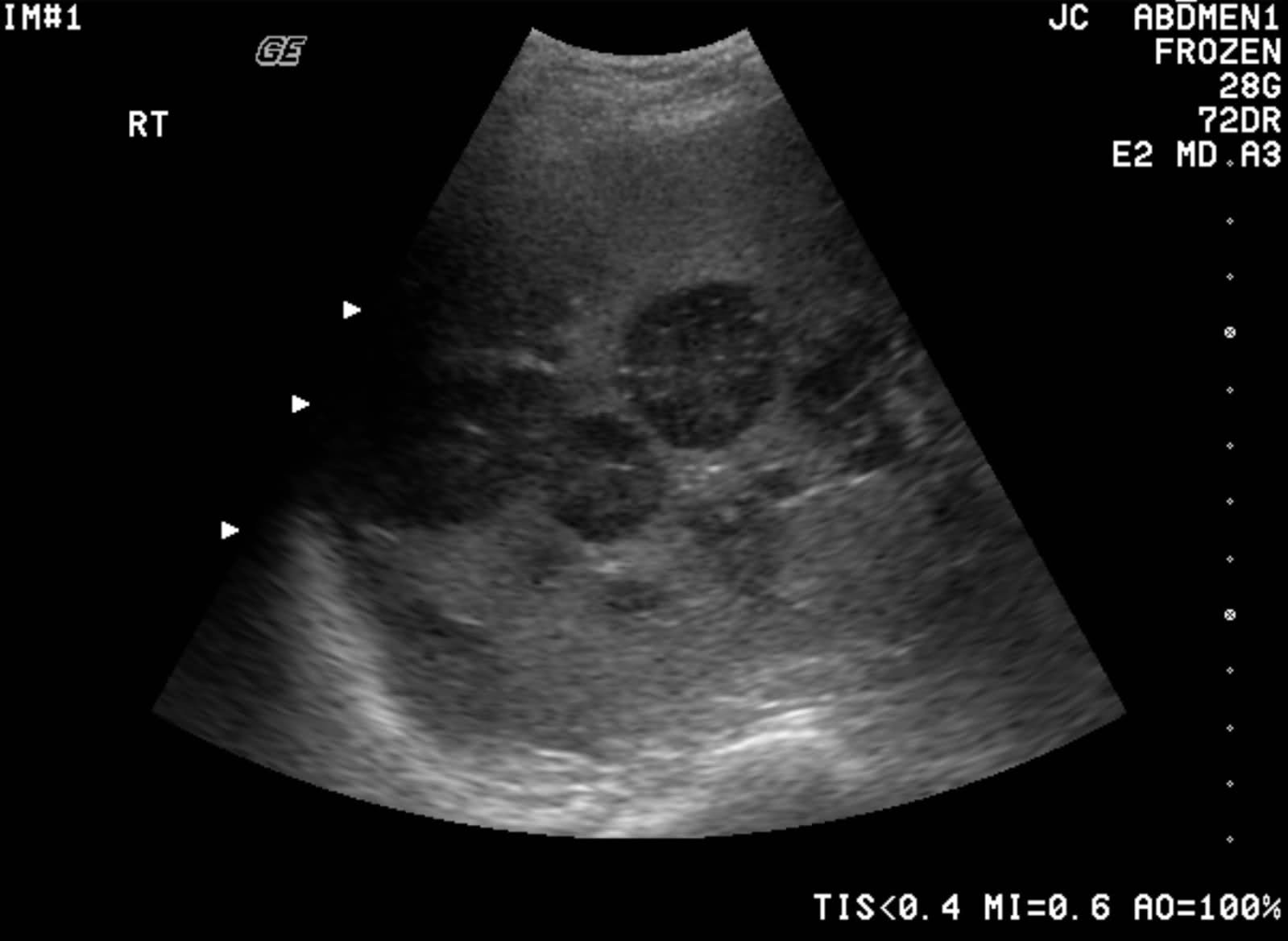
Pancreatic cancer is one of the fastest growing cancers with only an 8% survival rate after five years. Early detection is critical with this type of cancer. In cases of pancreatitis and severe upper abdominal pain, an ultrasound can detect the presence of cysts or pseudocysts on the pancreas. A pseudocyst is usually the result of pancreatitis and benign, while cysts need investigated for pancreatic cancer. Ultrasound is a commonly first line test to evaluate abnormalities in the pancreas.
4. Liver Cancer
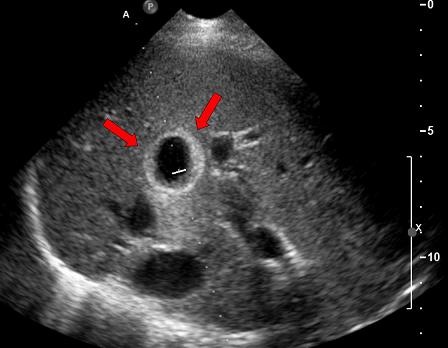
Liver cancer is usually a cancer from other places in the body that has spread to the liver, although there is a small chance of primary liver cancer. An ultrasound can check for cysts on the liver and help differentiate cysts from fatty liver disease or cirrhosis. An ultrasound on the liver can also help guide a needle in liver biopsies which can further confirm liver disease or cancer.
5. Bladder Cancer
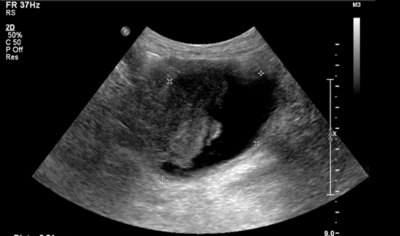
A pelvic ultrasound can often detect bladder cancer, even when they are being done for other reasons because the bladder needs to be full to create clear pictures of all the organs and structures in the pelvis, which in turn creates a clear picture of the bladder. Cysts and tumors within the bladder can usually be seen very clearly.
6. Thyroid Cancer
Thyroid nodules occur when the thyroid cells begin to grow too rapidly. They can either be benign or cancerous. There are autoimmune conditions that can cause thyroid nodules that never turn into cancer. When these occur, doctors often choose to watch them closely for changes that could turn into thyroid cancer in some cases. Ultrasound is used to check the nodules to see if they are hard nodules or fluid filled nodules. An ultrasound can also detect cancerous changes by looking at the blood flow through them. Doctors also use ultrasound to guide a needle for Fine Needle Aspiration or FNA to check the cells for cancer under a microscope.
7. Kidney Cancer
Cysts can develop on the kidneys and it doesn’t always mean kidney cancer. An ultrasound can help differentiate between kidney stones, cysts, and other changes in the kidney. Can ultrasound detect cancer in the kidney? The answer is an ultrasound is very helping is seeing changes in the kidneys that are not normal. If something is found, the doctor can refer you for other testing that can diagnose cancer or other conditions that occur in the kidneys.
What Happens During an Ultrasound Test?
Prep
In case of an abdominal ultrasound, you may be advised not to eat solid foods for a certain time prior to the test. With a pelvic ultrasound, you may have to drink 32 ounces of water just before the test so your bladder will be full. You need to hold this and not use the restroom. Depending on the location of the test, you may need to change into a gown.
The Test
You will have to lie back on an examining table. The technician will place some gel onto the area being looked at. This helps transmit the sound waves to the area being looked at. A doppler/transducer will be placed on the skin over the general area in question. The tech will move it around and take pictures and measurements. They can see the organs and structures on the monitor in front of them. An ultrasound isn't painful and is very safe.
After the test is finished, they will wipe the gel off your skin and you can get dressed. If something abnormal is found, they may have you wait and check with the radiologist to see if more pictures are needed. Your doctor will give you the results at a later date after all the pictures have been evaluated. The technician will not be able to tell you anything that day.
Other Tests to Detect Cancer
Can ultrasound detect cancer? It can detect changes that appear to be cancerous. If an ultrasound detects abnormalities that look like cancer changes in tissues, more tests will be needed to confirm the diagnosis. The following tests may be used to get a better look at things:
- CT Scan
- MRI Scan
- Biopsy (Looking at actual cells under a microscope)
- Tumor Marker Tests
- PET Scan
- Surgical Intervention (If cancer is strongly suspected)
